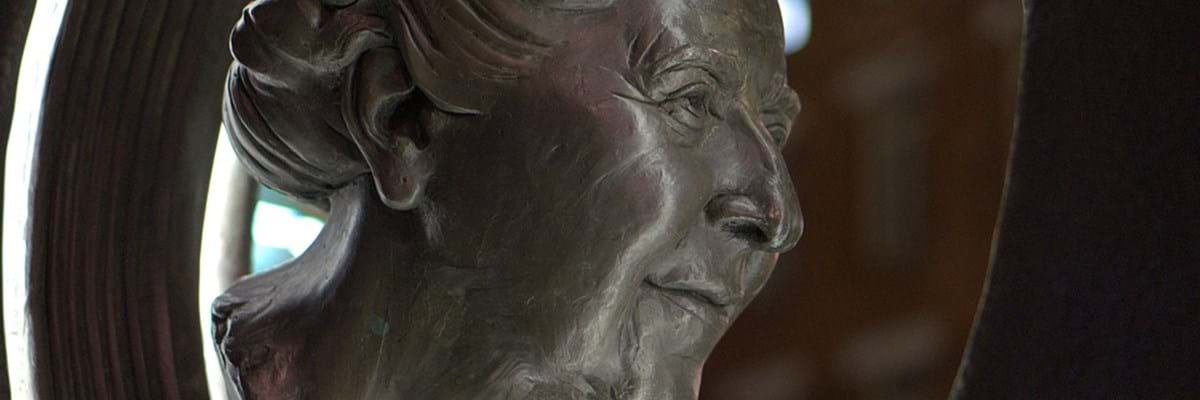Mummified remains dating back to before Tenerife was conquered by Spain show an embalming process similar to that of the ancient Egyptians
Mummies and bronze statues from Tenerife’s native islanders, the Guanches, are on show in some of the island’s museums.
The Spanish conquered the Canary Islands back in the early 15th century but Tenerife was one of the last to be taken because the Guanches put up a strong resistance. They were first on the island about 3,000 years ago.
After the invasion, Spanish became the official language but elements of the Guanche tongue still exist in the names of some parts of Tenerife.
The mummies, thought to be of high-ranking people, were found in caves in the 20th century. They are in the Museum of Nature and Mankind in Santa Cruz de Tenerife.
In the Plaza de la Patrona de Canarias in Candelaria there are nine bronze statues representing the nine kingdoms that ruled the island before the Spanish invasion. One of the early king’s daughters, Princess Dacil, fell for one of the invaders, married him and became Spanish.
More Guanches artefacts are in the Archaeological Museum in Puerto de la Cruz. The native islanders are thought to have originated from the Berbers in North Africa.

El Drago could be the oldest tree on Earth
Dragon trees crop up all over the Canary Islands, but one on Tenerife is regarded as the granddaddy of them all. El Drago, in Millennial Dragon Tree Park in the northern town of Icod de los Vinos, is bigger and older than any of the others.
It is more than 40-feet tall and estimates of its age range from 800 years to thousands of years. It has been claimed that it is the oldest tree on Earth.
The tree gets its name because of the red resin it secretes when it is cut. This “dragon’s blood” was said to have healing properties. It was also used to make varnish. The trees are now a protected species.

No mystery about the Agatha Christie Festival
Famous crime writer Agatha Christie stayed in Puerto de la Cruz in the 1920s while writing one of her short mystery stories, The Man From The Sea. She went on to write another story set in Tenerife.
The connection is the reason for an international festival being held in the town every other year since 2007. Screenings, talks, plays, readings of her work, exhibitions and discussions take place over five or six days in November. This year, the event will be held between the 4th and 10th November.

Tenerife is home to towering cliffs seven times higher than those in Dover
Tucked beneath volcanic Mount Teide on the sunny western coast are the “cliffs of the giants” which drop hundreds of feet almost vertically into the sea.
At their highest point they are 2,600 feet deep – that’s more than seven times the height of the white cliffs of Dover. Los Gigantes are the second highest coastal cliffs in Europe.
They make an impressive sight, especially if viewed from an excursion boat, and are one of Tenerife’s top attractions. You can get a great view of the spectacle from a charming small town not far away that has the same name as the cliffs.
Los Gigantes has a volcanic black sand beach, a marina and is noted for its restaurants, many of which specialise in local cuisine. It has a “Carnival de los Gigantes” the week after Ash Wednesday.
There are a number of small, quiet resorts on this stretch of coast, like Puerto de Santiago and Playa de la Arena, that have also black beaches even though they are only a few miles from the golden sands of Playa de las Americas, one of the leading resorts.

Image credit: Diego Delso, CC BY-SA 3.0, Link




